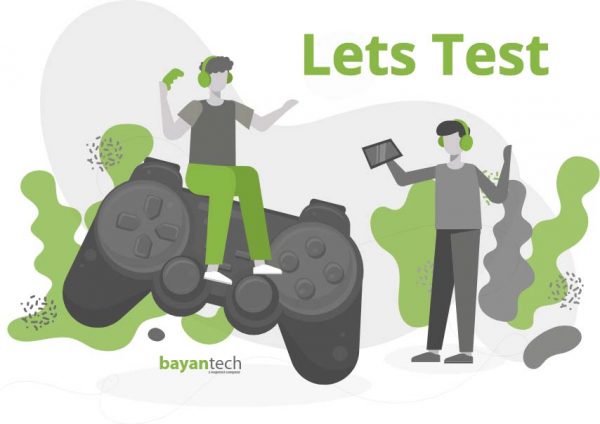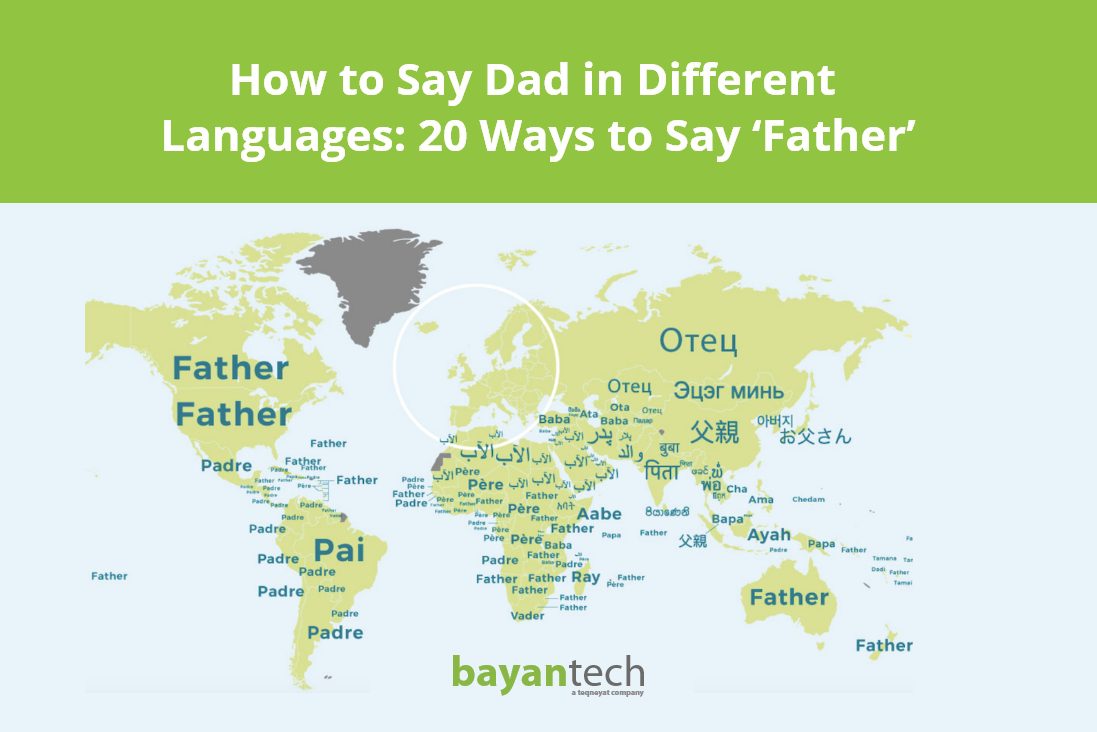Localizing a video game means making it available for millions around the world to experience and enjoy. With video games fully consolidating their potential as an art form, recognized at a state level, game localization isn’t just about making a product available worldwide, it’s also about welcoming new people into a vibrant sphere of contemporary culture. Growing an adept international player base is impossible without implementing best practices for game localization.
In this post, we’ll elaborate on that idea. We’ll also:
Let’s get started.
The Impact of Game Localization
The game industry is growing at an unprecedented rate. According to GrandViewResearch, the gaming market will continue to grow at an annual rate of over 12% through the next 6 years.

With digital marketplaces such as Steam lowering the cost of distributing video games, indie developers have an unprecedented opportunity to get their game in front of large audiences from all around the world.

In this context, video game localization services providers emerge as a key partner to grow a wide, international player base. And implementing best practices for game localization can be the difference between a worldwide success and a flop.
But, maybe you’re wondering what we mean by game localization, to begin with. Before we continue, it’s worth reaffirming a definition.
What Is Game Localization?
From a TV show to a book, to a video game, every piece of media is imbued with very distinct elements of the culture where it originated. For starters, the language that the piece of content is in. But also symbols, jokes, and numberless other linguistic and paralinguistic factors.
Every culture has its shared common sense. Being exposed to something new and different is one of the most beautiful and enriching aspects of cross-cultural exchange. But the differences between the source and target cultures of a certain piece of media can prevent it from being enjoyable by its new target audience.
Commonly understood as part of the wider discipline of software localization, game localization is the process of adapting your game so it can be fully experienced by players in a culture different from its culture of origin.
Game translation is the most basic level of adaptation possible. And, while game localization involves translation, it’s not limited to rendering the game content into a new language.


How Game Localization can Go Wrong?
The incredibly poor translations of early Arcade games may be a thing of the past. But indie (and not so indie) developers may miss some important cross-cultural differences. Before we take a close look at 5 key best practices for game localization, let’s examine what they aim to prevent.

Banning
Best practices for game localization can only go so far without insight into local regulation.
The greatest risk of failing to properly localize a game is having it banned. Countries like the United Arab Emirates and Japan tend to have strict policies regarding what can and cannot be shown in a video game. Even games that have been rated for adults audiences may have to modify their content.
It’s worth saying that regulation and culture usually go hand-in-hand, being the result of player expectations, or shaping them.
An interesting fact about Japan’s game rating system is that there’s a double standard depending on the platform of the game. PC games and console games are rated by two different entities, working with two different standards. The CERO (Computer Entertainment Rating Organization) holds up strict standards regarding violence and nudity in video games.

Missing out on the Plot
Best practices for game localization can only go so far without insight into local regulation.
The greatest risk of failing to properly localize a game is having it banned. Countries like the United Arab Emirates and Japan tend to have strict policies regarding what can and cannot be shown in a video game. Even games that have been rated for adults audiences may have to modify their content.
It’s worth saying that regulation and culture usually go hand-in-hand, being the result of player expectations, or shaping them.
An interesting fact about Japan’s game rating system is that there’s a double standard depending on the platform of the game. PC games and console games are rated by two different entities, working with two different standards. The CERO (Computer Entertainment Rating Organization) holds up strict standards regarding violence and nudity in video games.

An Overall Poor Gaming Experience
Aside from obscuring the game’s plot, or barring a whole market from being able to play a game, the key downside of poor, uncareful localization is that a game won’t be as enjoyable.
If culture or regulation requires that a game’s most cinematographic parts are removed or modified, the ideal outcome is to replace them with equally impactful sequences. In some cases, this doesn’t happen. Another example coming from Japan is Assassin’s Creed Valhalla.
The AAAA game, which was widely anticipated by journalists and players alike, left them with a bad taste, after key elements of the plot (and of the action scenes) were replaced with poorly executed and occasionally illogical elements. For instance, one scene of the game depicted farm animals eating helmets, a sequence that aimed to replace an extremely violent (but logically sound) scene.
Sign up to our newsletter to receive the latest blogs and news.
5 Best Practices for Game Localization
Let’s dive into some best practices for game localization. There is no surefire way to guarantee an effective game localization process. Successful game localization is the result of a talented team with deep linguistic and cross-cultural knowledge, using the right tools, to achieve concrete goals, within a perfectly calibrated workflow.
But having the following best practices for game localization in mind can prevent some low-level mistakes that can really hurt your result’s quality and make the localization process unnecessarily costly and cumbersome.
These best practices for game localization are:
Diving into Culture
As localization takes on a more holistic role to the source text than translation, and thus involves a wider view of the product in question, high quality localization requires deep insight into the target culture.
Evidently, high-quality translations rely on cultural expertise. For instance, a game translator should know what’s the best, clearest tone to write game instructions for a particular culture.
But game localization may involve adapting the graphics of a game to match the belief systems of local audiences. A culture may even have a preferred way to discuss sensitive geopolitical issues, past or current.
For instance, before video games were elevated to the status of art by the German government, the local versions of World War II games were edited to comply with regulations about unconstitutional symbols. Once video games became an art form in the eyes of the German government, in mid-2018, this change was no longer required.
Auditing the Code
Most of the errors that make localizing a game tedious and cost-ineffective are related to the source code. But that doesn’t always imply that the game developers underperformed or made a mistake.
While hard-coding (embedding the content within the game’s logic) is a bad practice that can make localizing complex and lengthy,, it’s not the only potential problem arising from code.
“Control code” can also be problematic. Control code refers to labels that serve as “placeholders” for a dynamic value. For instance, if the player can choose their own character name, a string within the game’s script may read:

The best approach to control code is understanding what each value does, and never touching it. For instance, if a translator is working from English to Spanish and translates
the aforementioned string, but removes the control code’s opening bracket, the proper value won’t show. Instead, the player may see something like this:

Auditing the source code is key to understanding where localization can go wrong, what challenges the code brings with it, and how to best navigate the project.
Interested in Game Development Tips?
Prevent potential localization problems and streamline
your process, with our game development best practices
checklist. It’s absolutely free!
Contextualizing The Team
From the principles of the original style guide and the approach of the development team, to the game’s story and how game rankings work, it’s essential that everyone in the game localization team is on the same page.
Game localization services providers work best when everyone knows as much as possible about the game. That’s why it’s not uncommon for game localization to unfold as a close collaboration between the language services provider and the client.
Testing on Actual Devices
Ensuring that the game delivers a top-notch experience in your target market’s devices isn’t just one of many important aspects of game localization. It’s the most important goal.
And, if your game has become buggy or slow after localization, even if it’s flawlessly translated and adapted, you’ll need to re-optimize and finetune the adapted version until the result is fully playable.
It’s worth saying that whether a market is truly fitting for your game will depend on whether the average player has the technology to actually play your game.
Even before localization ever starts, it’s essential to test the game extensively enough to assess what are the minimum requirements a device needs to run your game. This is particularly important in mobile and PC games. Building products for consoles is a whole different story since consoles move the issue of device compatibility out of the question.

Using State-of-the-Art Translation Management Tools
One of the first steps to the game localization process consists of crafting a localized style guide and feeding it to translation tools, so translators can make sure that the strings they’re working on add up to a congruent body of text, to a congruent script.
Translation and localization tools can make the game localization process more dynamic, or slow it down. Thus, getting the right tools to synchronize, compile and implement the translation is a key best practice. Consequently, game localization companies investing in quality software have a market-leading competitive advantage.


The Role Of Strategy
One could say that another of the many best practices for game localization is research. It’s relevant to discuss the role of strategy in the localization process. As we covered when analyzing the need to test a game across devices, successful localization is not just a translation effort. You can only localize successfully for markets that you know are receptive to your product.
Game culture, technological infrastructure, and trends are just three of the many factors you’ll have to analyze. At the end of the day, your game is not just a product. It’s an experience and a story. And you need to know that that story will be impactful and meaningful for your target audience.
So, before you contact your game localization services provider of choice, make sure you know which market you’ll need localization for, and why your game will work there.
Getting in touch with players from that culture and giving the original game away (or offering an in-game gift) to a selected group for testing can be a great way to get the feedback you need.
The Leading Game Localization Company in the MENA Region
The best way to guarantee a properly localized game is to partner up with experts. Delegate your game localization project to a tech-driven language services provider that can handle the project from start to finish, implementing best practices for game localization in every step.
bayantech is a leading game localization company serving the language needs of thousands of companies in the MENA region and beyond. Our ISO-certified best practices, cutting-edge technology, and cross-disciplinary teams make us a bastion of high-quality in the sector.
Flawlessly adapt your game to your target culture and grow your player base internationally. Request a free project quote now and kickstart your game localization project.
Interested in best practices for game localization in Arabic? Visit our Arabic game localization guide to learn more from our specialists.
Click on a star to rate this post!
0 / 5. 0












